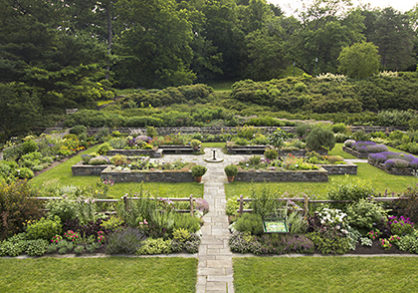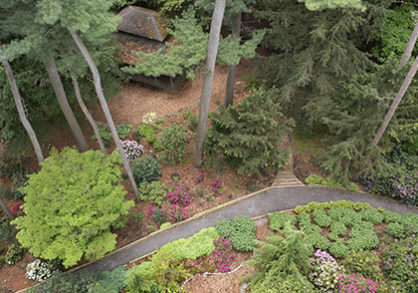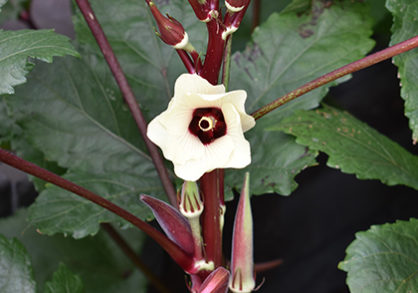CONNECTING PLANTS AND PEOPLES FOR A WORLD OF DIVERSITY, BEAUTY, AND HOPE.
FEATURED
The beauty of May and June are highlighted in CNY Magazine
CNY Magazine—May/June 2024
Cornell Botanic Gardens gets a large share of this feature on regional botanic gardens.
Top sites in your palm
A new pocket guide makes it easy to explore Cornell Botanic Gardens and Cornell’s “foot-friendly” campus.
May Magic and Majesty
Soar gently above Comstock Knoll and enjoy over 150 types of rhododendrons and azaleas blooming.
UPCOMING EVENTS
Exhibit: The Beauty of Bonsai at Brian C. Nevin Welcome Center
Bonsai is the ancient art of growing and grooming trees in pots for the appreciation of their beauty. This art form, a wonderful merging of art, horticulture, and nature,...
Mindful Botany at Brian C. Nevin Welcome Center
Join Cornell Botanic Gardens staff to observe the beauty and drama of nature unfolding on monthly nature walks. While exploring various paths and gardens each month, we will...
Nature and Well-Being Retreat at Brian C. Nevin Welcome Center
Explore how your life can be fuller and more balanced through this one-day retreat in the heart of the beautiful Cornell Botanic Gardens. Learn about the science linking...
Land Acknowledgement
Cornell University is located on the traditional homelands of the Gayogo̱hó꞉nǫ' (the Cayuga Nation), members of the Haudenosaunee Confederacy.
Our Diversity, Equity, and Inclusion Efforts
Cornell Botanic Gardens embraces and actively works to increase diversity among all the communities with which we engage.
Seeds of Survival and Celebration: Plants and the Black Experience
This garden display and exhibit shares the knowledge, skill, and resilience of enslaved Africans, their descendants, and today’s Black community and their deep connections to plants and the cuisines they inspired.
Our Gardens and Natural Areas
We are responsible for the natural beauty of the Cornell University campus including cultivated gardens, an arboretum, and natural areas. Together these comprise one-third of campus, and with off-campus natural areas, a total of 3,600 acres.
WHAT TO SEE IN SPRING!
Spring in upstate NY starts with the the bright blooms of witch hazels, early spring flower bulbs and continues with our native wildflowers.









